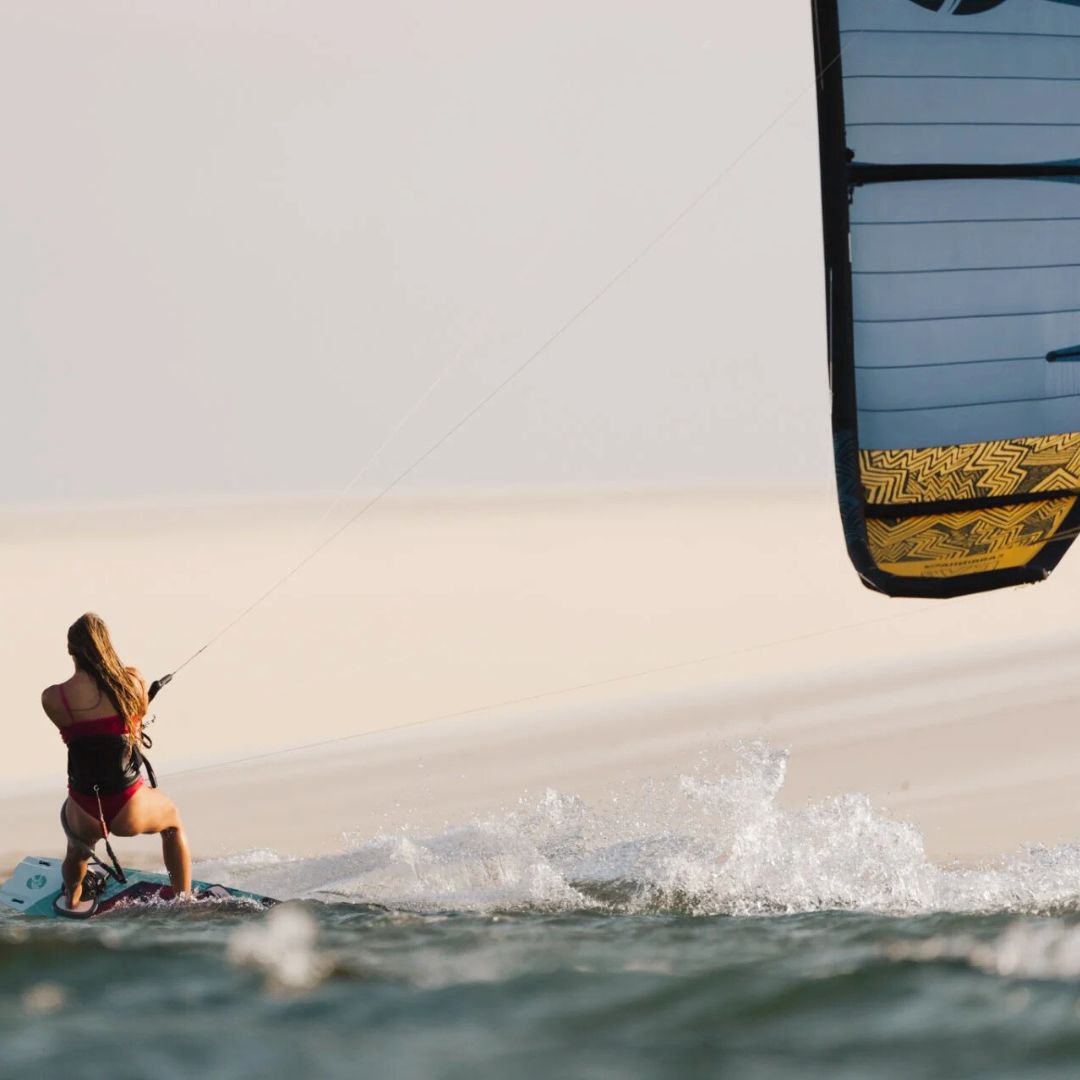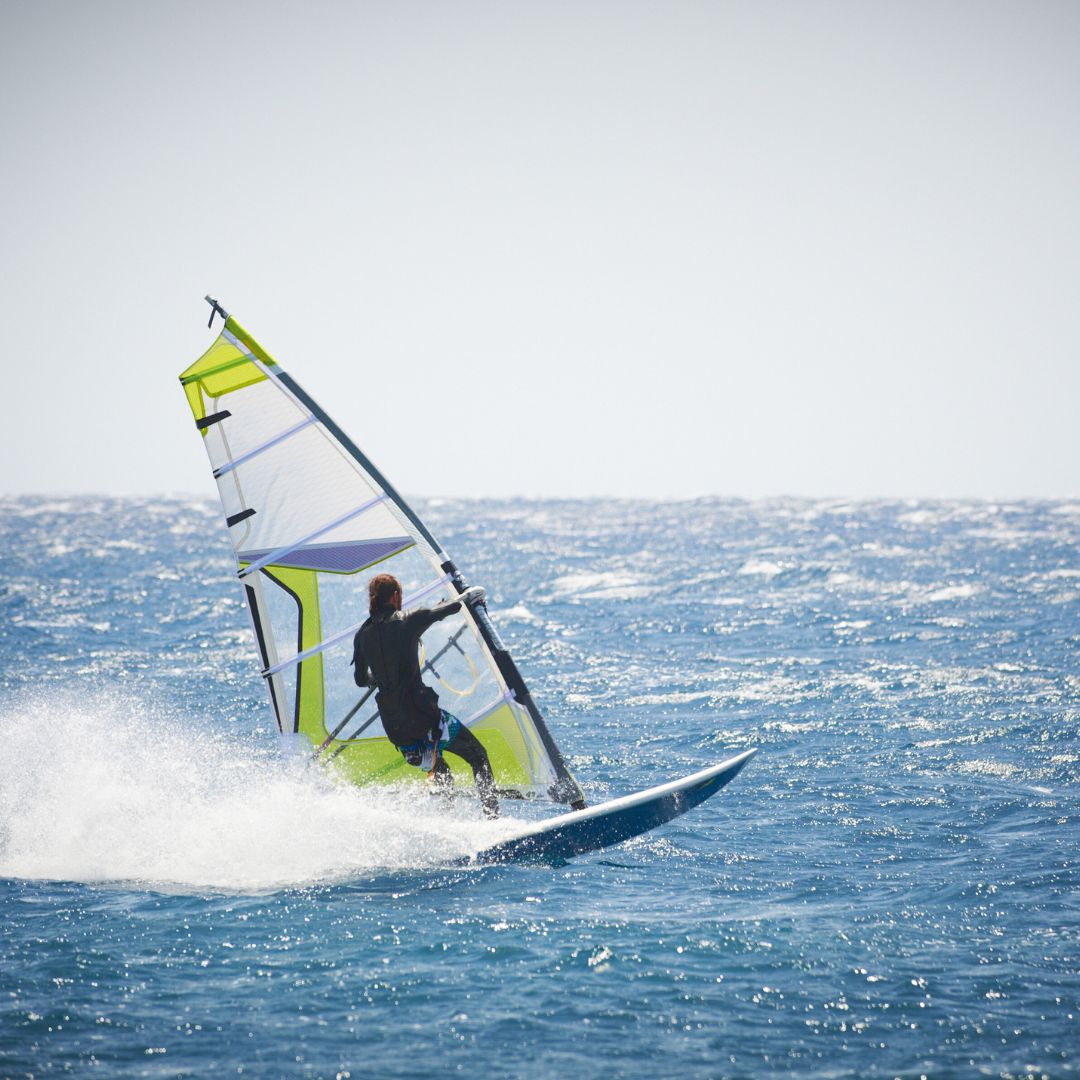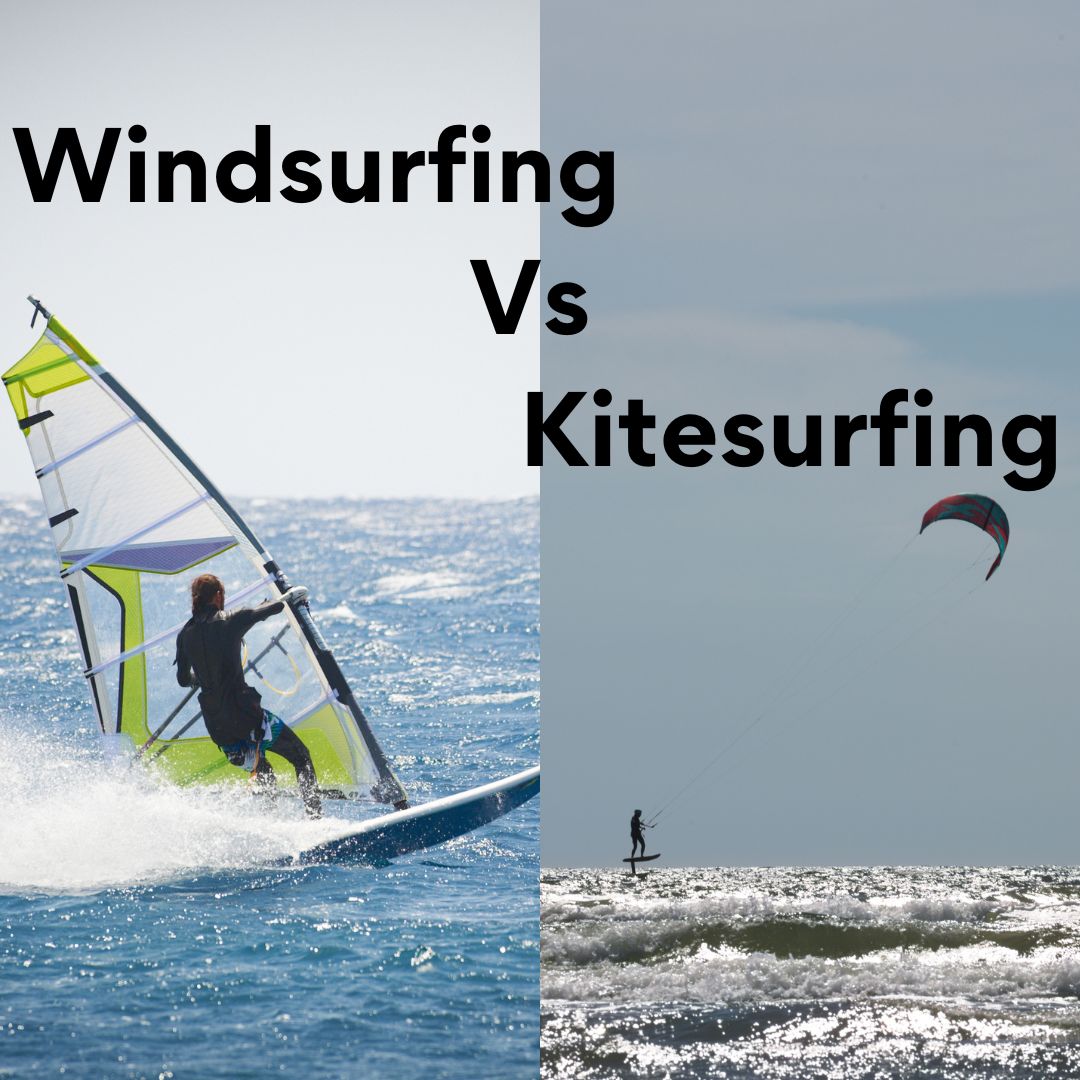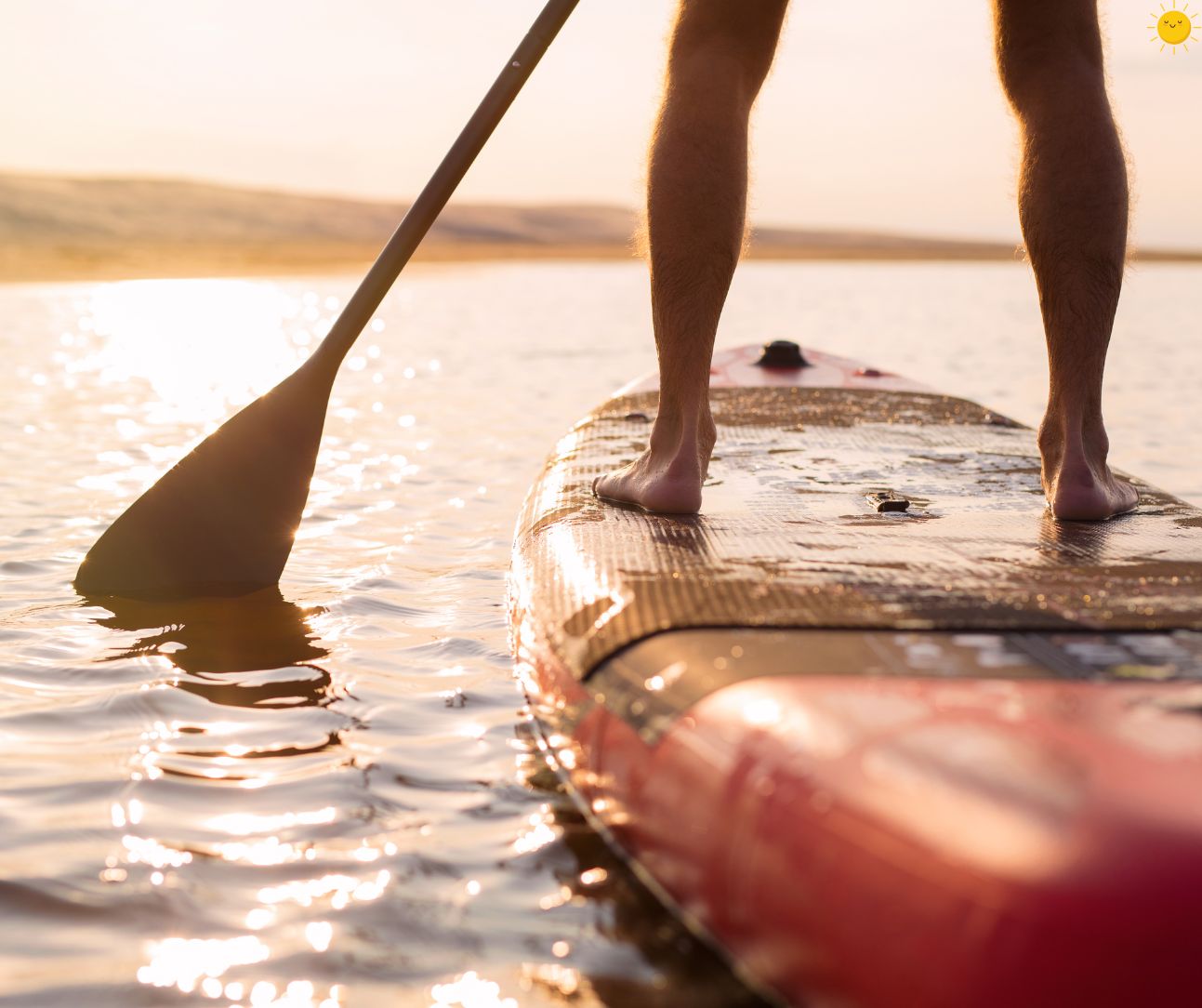Why Is Windsurfing Not Popular Anymore
Why is windsurfing not popular anymore is a question many water sports enthusiasts ponder. Maybe it’s because balancing on a board while wrangling a sail doesn’t feel as Instagram-worthy as lounging on a paddleboard or gliding through waves with a kite strapped to your waist.
But let’s decipher the question to understand what caused this thrilling sport to lose its shine and, more importantly, what can be done to bring it back into the spotlight.
Why Is Windsurfing Not Popular Anymore?
Windsurfing is not as popular anymore due to competition from newer watersports like kitesurfing and paddleboarding, which are seen as more accessible and exciting. The sport also requires significant skill, time, and money to get started, which discourages beginners.
Changes in lifestyle, shifting media focus, and limited windsurfing-friendly locations have further contributed to its decline. Additionally, environmental factors, such as inconsistent winds and overcrowded beaches, have made it harder to enjoy the sport consistently.
What Is Windsurfing?
Windsurfing is a water sport that combines elements of surfing and sailing. Imagine standing on a surfboard with a large sail attached to it. Your goal? Use the wind to glide across the water, perform tricks, or race at high speeds.
For beginners, it may sound simple – until they try to stand on the board while controlling the sail. The board wobbles, the sail catches wind in unexpected ways, and, before you know it, you’re swimming instead of gliding.
Advanced windsurfers, however, make it look effortless, zipping through waves and executing gravity-defying jumps.
Why Windsurfing Is Unique
- It’s one of the few sports where you harness nature’s power to propel yourself.
- It offers a sense of freedom and connection with the wind and water that few sports can match.
- Advanced windsurfers can perform tricks that blend athleticism and artistry.
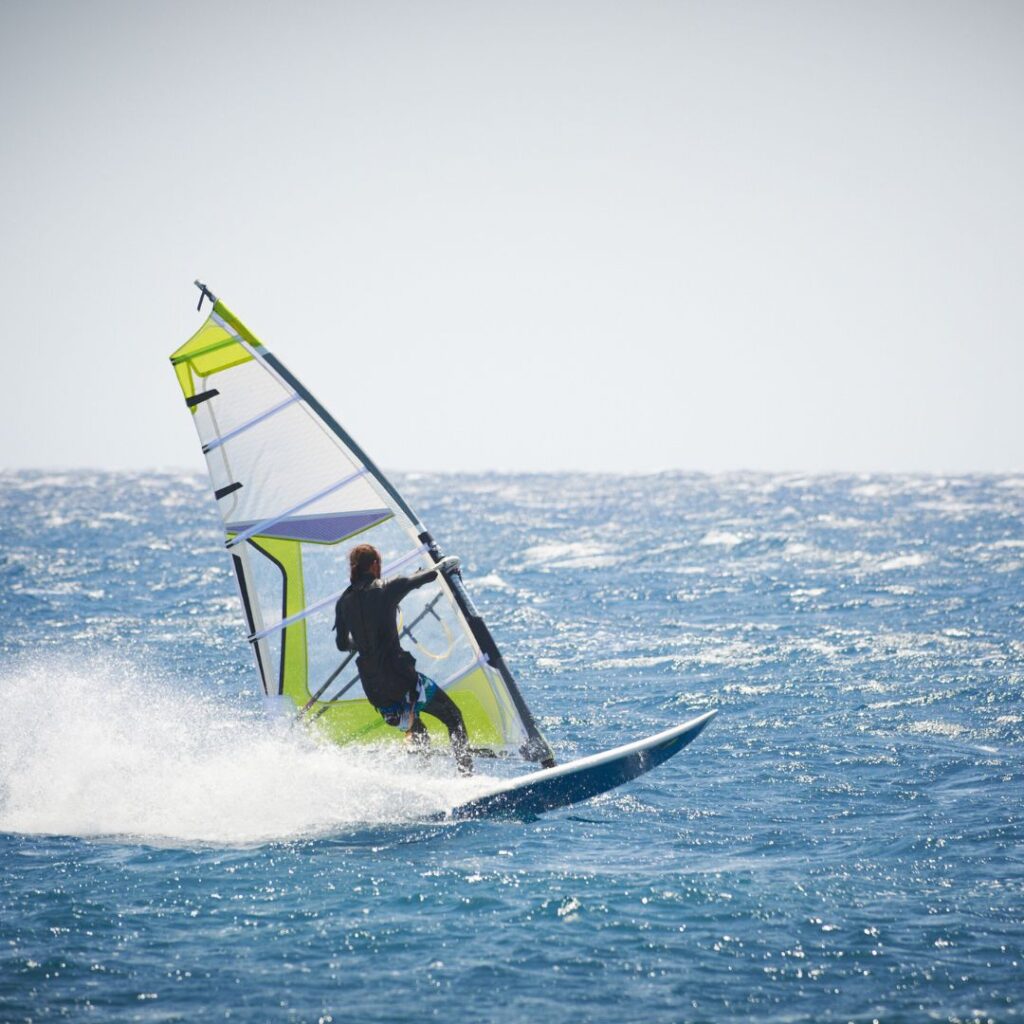
Why Is Windsurfing Not Popular Anymore in Europe?
Once upon a windy time, windsurfing was the toast of Europe’s coastal towns. From the sparkling waters of the Mediterranean to the breezy shores of the North Sea, it seemed like everyone was either windsurfing or thinking about trying it.
So, what changed? Why is windsurfing not popular anymore in Europe?
1. The Changing Winds of Interests
Europeans have a knack for picking up trends, but they also have a habit of trading them in for the next big thing.
As newer sports like kitesurfing, paddleboarding, and even wakeboarding became more accessible, windsurfing was left fighting for attention. Think of it as the older sibling that was super cool in the ’80s but suddenly overshadowed by their younger, trendier relatives.
2. Cost vs. Accessibility
In countries like Spain, Italy, and Greece, where windsurfing once thrived, younger generations face tighter budgets. Windsurfing gear doesn’t exactly come cheap, and the availability of affordable lessons and rentals hasn’t kept up with other activities.
Why spend a small fortune on a board and sail when you can grab a paddleboard for less than half the cost? Plus, paddleboards double as excellent platforms for yoga selfies.
3. Weather Woes
Ironically, Europe’s varied weather has been both a blessing and a curse for windsurfing. Some regions enjoy reliable winds, while others don’t have enough to support consistent sessions.
When nature refuses to cooperate, even the most die-hard windsurfer might be tempted to trade their sail for a pint at the nearest beachside pub.
4. Tourism’s Changing Priorities
Tourism plays a huge role in Europe’s beach economies. Windsurfing once attracted thrill-seeking travelers, but today’s tourists are more likely to opt for relaxing activities like paddleboarding or beach volleyball. Who wants to wrestle with a sail when you can sip sangria by the shore?
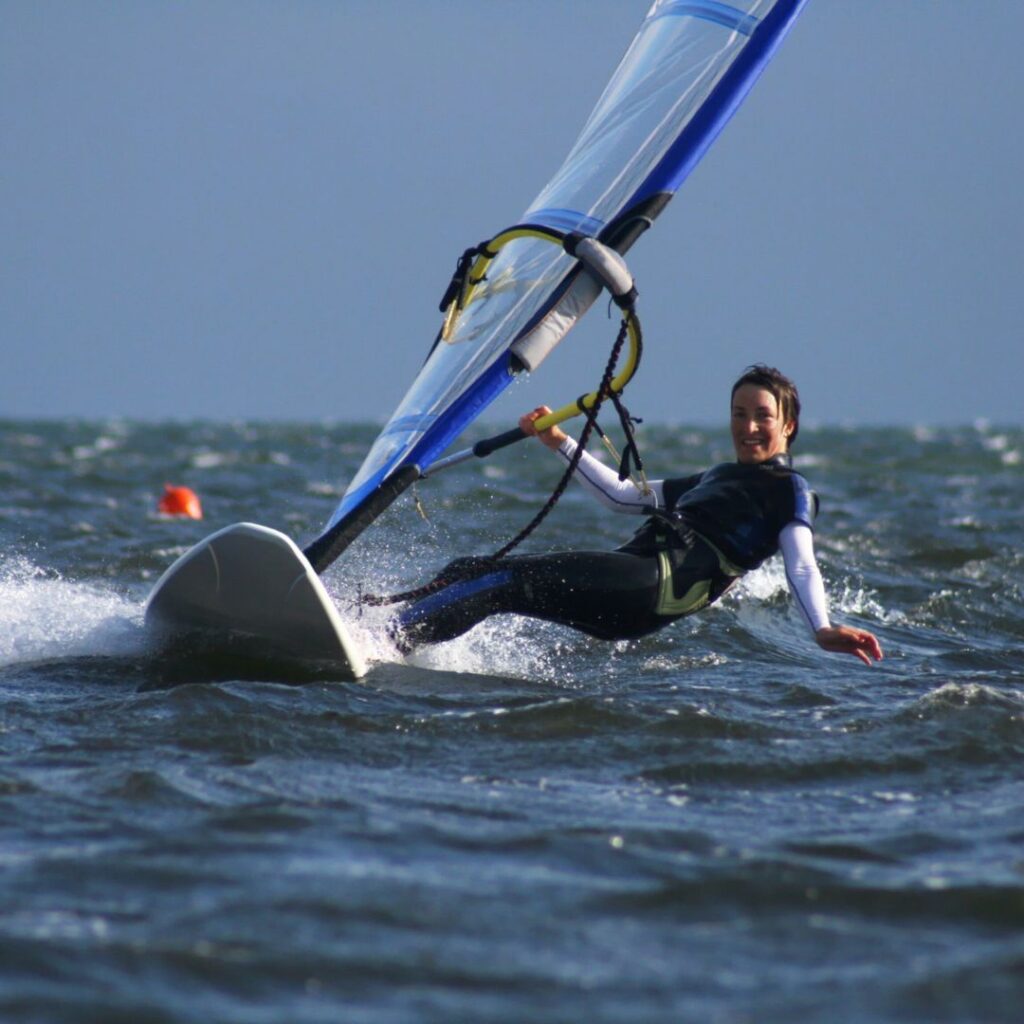
Why Is Windsurfing Not Popular Anymore in the USA?
In the USA, windsurfing peaked in the ’80s when neon windbreakers were in style, and Madonna was on everyone’s Walkman. So, why is windsurfing not popular anymore in the USA?
1. Bigger, Faster, Flashier Alternatives
Let’s be real: Americans love adrenaline. When kitesurfing and wakeboarding entered the scene, they brought a whole new level of speed and excitement. Suddenly, gliding on a sailboard didn’t seem as thrilling as being launched into the air by a kite or skimming the water behind a speedboat.
2. Cultural Shift to Convenience
Americans value convenience, and windsurfing is anything but. The time it takes to set up the board and sail, find the right wind conditions, and lug everything to the water doesn’t exactly fit into the fast-paced lifestyle.
Paddleboarding, on the other hand, is as easy as grabbing a board, hopping on, and paddling away – no wind required.
3. The Rise of Indoor Activities
With indoor rock-climbing gyms, virtual reality sports, and even indoor surfing simulators becoming more common, many Americans have found easier ways to get their thrills without battling unpredictable winds or chilly waters.
4. Shifting Media Focus
Sports in the USA are often influenced by what’s highlighted in the media. While windsurfing had its moment in the spotlight, it struggled to maintain that visibility. Sports like kitesurfing, with its jaw-dropping aerial stunts, are simply more “camera-friendly” and dominate social media feeds.
5. Location, Location, Location
The USA is vast, and while places like Hawaii and California offer prime windsurfing conditions, much of the country isn’t ideally suited for the sport. The Great Plains might have wind, but good luck finding enough water.
Why Is Windsurfing Not Popular Anymore in the World?
Globally, windsurfing once united thrill-seekers from Australia’s Gold Coast to Brazil’s bustling beaches. But the sport’s worldwide decline leaves many asking, “Why is windsurfing not popular anymore in the world?”
1. Global Competition from Other Sports
From kitesurfing and paddleboarding to even jet skiing, windsurfing is facing stiff competition. These alternatives are often seen as easier, trendier, or more accessible. While windsurfing demands skill and patience, kitesurfing offers a quicker adrenaline fix.
2. The Digital Age
In today’s world, everything has to be instant – instant noodles, instant delivery, and even instant sports. Windsurfing takes time to learn and master, which doesn’t mesh well with the fast-paced, swipe-and-scroll culture we live in.
People would rather share quick videos of kitesurfing stunts than hours of footage showing them repeatedly falling off a windsurf board.
3. Environmental Changes
Climate change and pollution have impacted many of the world’s best windsurfing spots. Reduced wind consistency, rising sea levels, and crowded beaches have made it harder to find ideal conditions.
4. Economic Barriers
Windsurfing remains an expensive sport, and in many parts of the world, economic challenges have made it inaccessible to the average person. Cheaper alternatives like paddleboarding have taken its place as a more affordable way to enjoy the water.
5. Aging Demographic of Windsurfers
Globally, the core group of windsurfing enthusiasts is aging. While the veterans remain loyal to the sport, younger generations are gravitating towards newer, more dynamic activities. It’s hard to compete with sports that promise a quicker learning curve and a higher “cool factor.”
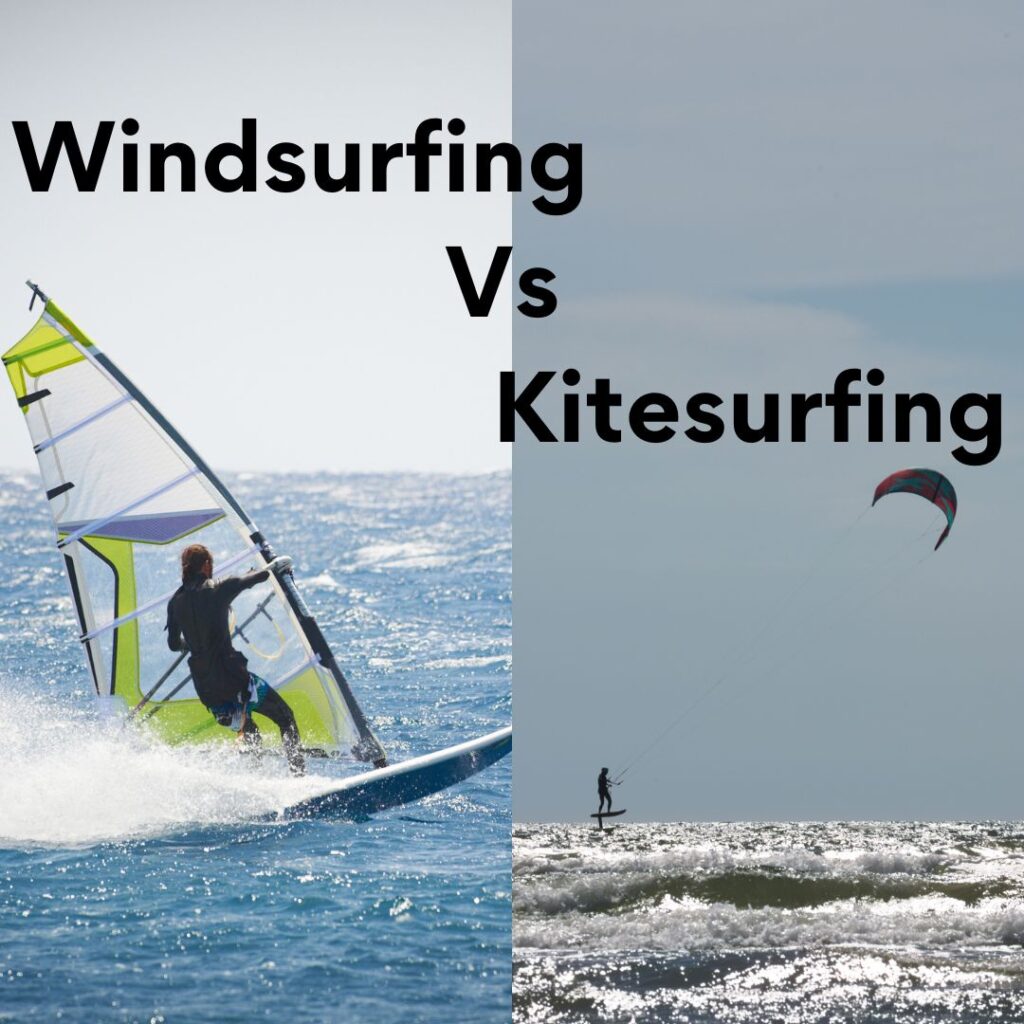
Windsurfing vs Kitesurfing
Both windsurfing and kitesurfing use wind power, but they are vastly different in technique, gear, and experience. Here’s a breakdown:
1. Gear
Windsurfing: Requires a board with a sail attached to a mast. It’s heavy and requires more effort to set up and transport.
Kitesurfing: Involves a smaller board and a kite connected to a harness. It’s lightweight and easier to carry.
2. Learning Curve
Windsurfing: Difficult to learn because you must balance on the board while managing the sail. The uphauling process can be physically demanding.
Kitesurfing: Easier to pick up initially, as the kite does much of the work. However, mastering it involves learning how to control the kite in strong winds.
3. Accessibility
Windsurfing: Needs stable wind and calm waters, which aren’t always available.
Kitesurfing: Can be done in a broader range of conditions, including lighter winds.
4. Performance and Tricks
Windsurfing: Offers precision and control, making it ideal for racing and technical maneuvers.
Kitesurfing: Known for aerial tricks and jumps that can reach impressive heights.
Which One Wins?
For many, kitesurfing’s lighter gear, lower barrier to entry, and aerial tricks make it more appealing. However, windsurfing has its charm for those who enjoy precision, challenge, and the connection between board and sail.
Can Windsurfing Be Revived?
Despite its decline, windsurfing isn’t down for the count. With innovations in equipment, eco-friendly initiatives, and efforts to make the sport more accessible, there’s hope for a comeback.
By rekindling its adventurous spirit and adapting to modern trends, windsurfing could once again capture the hearts of thrill-seekers worldwide.
Until then, let’s not forget the charm of this iconic sport. Sure, it might take a bit of effort, patience, and balance (both literal and figurative), but for those who stick with it, the reward is a wind-driven glide that no other sport can quite replicate.
The Bottom Line on Why is Windsurfing Not Popular Anymore
“Why is windsurfing not popular anymore?” The answer lies in a mix of steep learning curves, expensive gear, dependence on specific conditions, and competition from newer sports like kitesurfing. However, windsurfing isn’t a lost cause. With the right innovations and efforts, this iconic sport could ride the winds of revival and inspire a new generation to glide across the waves.
If you’re still curious about what windsurfing feels like, perhaps it’s time to give it a shot. Who knows? You might just fall (literally) in love with it.
